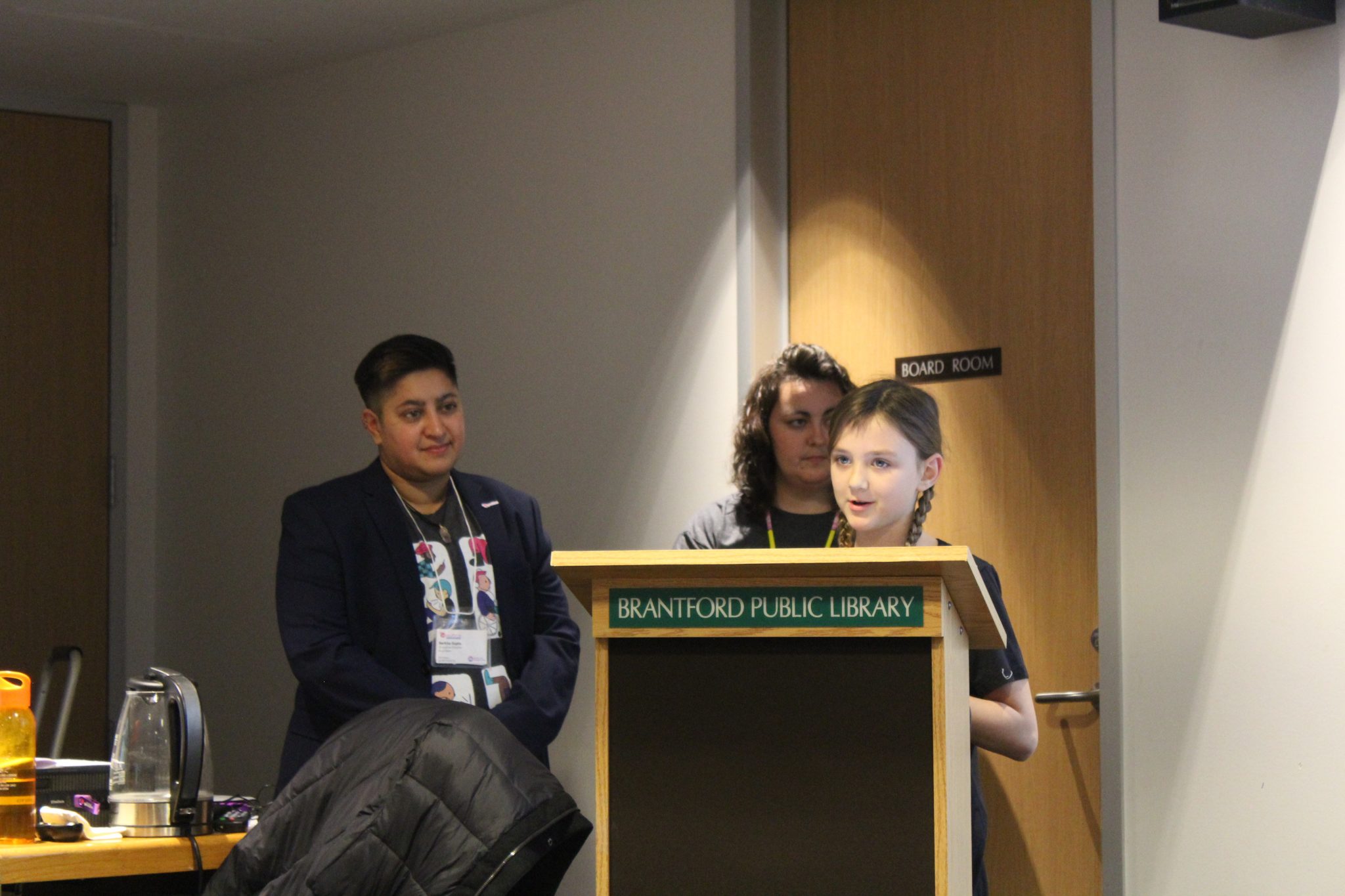– Priscilla Popp, staff
International “pink shirt day” was a huge success last month as students in the Brant community joined together in a rally against bullying.
It all started almost five years ago in the small community of Cambridge, Nova Scotia, when a grade nine male student decided to wear a pink shirt on the first day of school.
He instantly became the target of bullies, who taunted him with homophobic remarks and threats.
That’s when two grade twelve students decided to step in.
They went out and bought 50 pink t-shirts for students of the school, a choice that would, if not solve bullying, at least send a message of unity and encouragement among their peers.
Since then, the students’ goal of stopping bullying has reached far beyond their small community. “Pink shirt day,” or as it’s also called, “anti- bullying day” is well on it’s way to becoming a nationally recognized event for students all across Canada.
Bullying has been an emerging issue for North America in recent years.
According to bullying.org, someoneis bullied in Canada every seven minutes somewhere on the playground.
As well, just one in four children say that teachers intervene in bullying situations, while every seven of ten teachers believe they always intrude.
In March 2011, U.S. President Barack Obama went so far as to hold a conferencespecifically on bullying prevention.
“If there’s one goal of this conference, it’s to dispel the myth that bullying is just a harmless rite of passage or an inevitable part of growing up. It’s not,” he said at the time.
Bullying can come in a variety of forms, ranging from emotional to physical. Though there are clear differences, the outcome of bullying remains the same.
Victims of bullying can suffer from low self-esteem and chronic fatigue, or the inability to sleep at all.
Stacey Rattray is a 3rd year concurrent education student who has witnessed bullying in schools first hand.
“I think bullying is becoming more of a problem in elementary schools,” she said.
She suggested more be done within the classrooms of schools, where classes and even special after school clubs could serve as a support group to those feeling the effects of bullying.
Then there’s the issue of cyber bullying. This form of bullying allows unwelcomed and hurtful messages to be sent through social media sites and chat rooms while sometimes allowing anonymity.
Unless there’s criminal content within the messages, police cannot get involved, finding out who the sender is may be just as difficult as trying to stop bullying once and for all.
The key in stopping bullying may lie in the bystanders that surround the victim.
Taking action and vocalizing discontent is what made the difference for a Nova Scotia boy who decided to wear pink.



